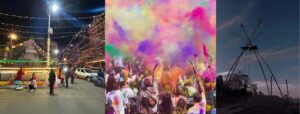Manaslu Trek in October – Nestled in the breathtaking Himalayan range, the Manaslu Trek in Nepal is a hidden gem that promises an unforgettable adventure. In this blog post, we will look into the highlights, weather conditions during the Manaslu Trek in October, also explore the diverse flora and fauna, marvel at the surrounding landscapes, discuss essential gear, provide insights into crowd levels and festivals, explain how to get from Manaslu to Kathmandu, suggest side treks, and offer an overview of the trek’s difficulty.
Highlights of the Manaslu Trek
The Manaslu Trek is renowned for its pristine beauty and cultural encounters. Here are some highlights you can expect on this magnificent journey:
Mesmerizing Views of Mount Manaslu:
The trek offers unparalleled views of Mount Manaslu, the eighth-highest peak in the world at 8,163 meters (26,781 feet). As you ascend through the trail, the mountain’s majestic presence becomes increasingly captivating.
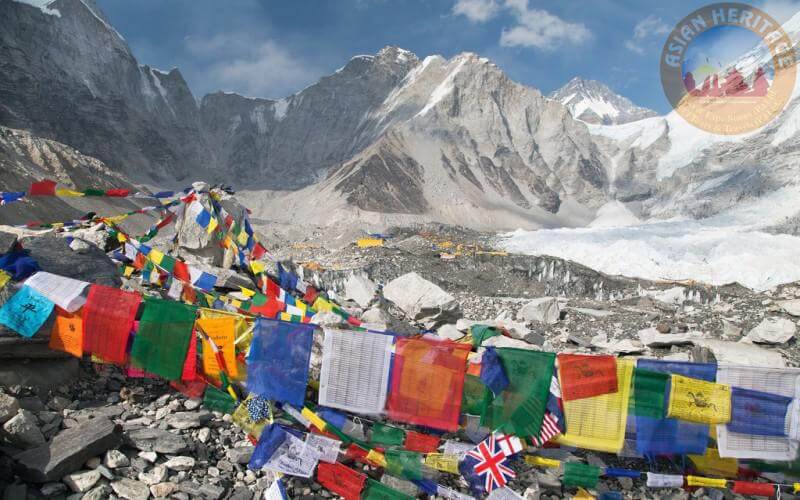
Witnessing the sun-kissed peaks, the play of light and shadow on the snow-covered slopes, and the awe-inspiring magnitude of Manaslu. This is an experience that will stay with you forever.
Cultural Immersion in Local Villages:
The Manaslu region is inhabited by diverse ethnic communities. Including the Gurungs, Tamangs, and Sherpas, who have their distinct traditions and customs. Along the trekking route, you will encounter charming villages where you can immerse yourself in the local culture. Interact with friendly locals, and visit ancient monasteries adorned with colorful prayer flags. Also, experience the warm hospitality as you stay in traditional teahouses. This cultural immersion adds a unique dimension to the trek.
Challenging Larkya La Pass:
One of the most exhilarating aspects of the Manaslu Trek is crossing the Larkya La Pass at an elevation of 5,160 meters (16,929 feet). This mountain pass presents a significant challenge, both physically and mentally.
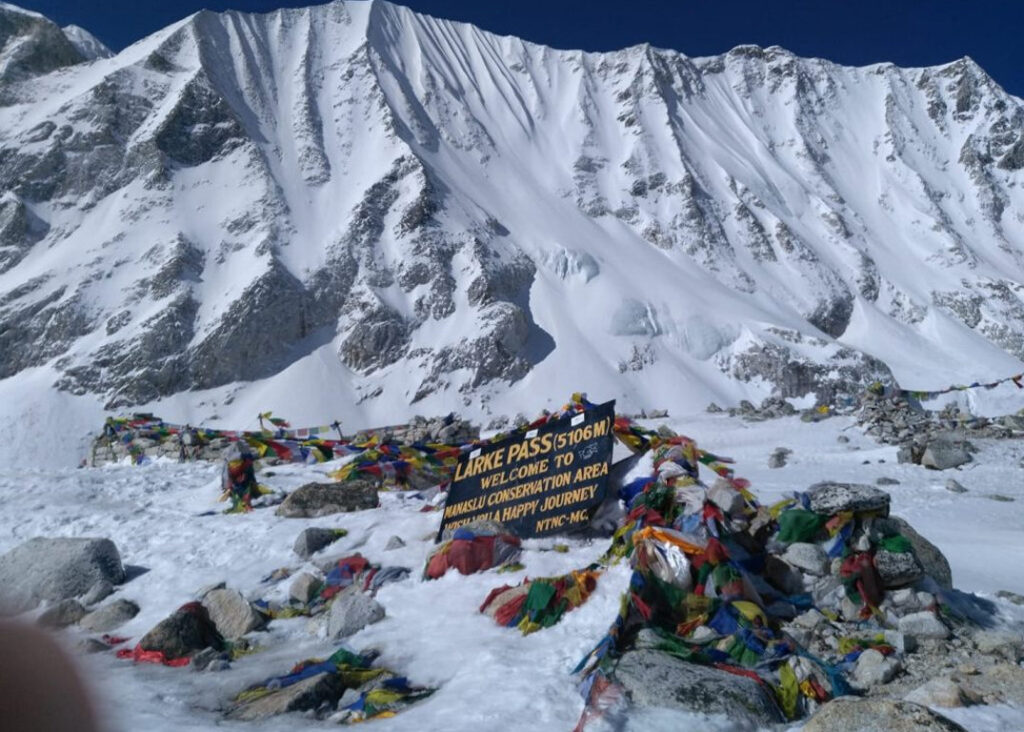
However, rewards you with awe-inspiring panoramic views of the surrounding peaks. Standing atop the pass, you’ll be surrounded by a surreal landscape of towering mountains and glistening glaciers. This provided a true sense of achievement.
Ancient Monasteries and Buddhist Culture:
The region is deeply influenced by Tibetan Buddhism, and the trek presents opportunities to explore ancient monasteries and gain insight into the local religious practices. Visit the Pungyen Gompa, a centuries-old monastery perched on a hill, and witness the chanting of Buddhist monks, adorned in vibrant robes. Engaging with the spiritual aspects of the trek adds a sense of tranquility and introspection to your journey.
Varied Landscapes and Scenic Beauty:
The Manaslu Trek takes you through a range of landscapes, each with its own unique beauty. Trek through lush green valleys dotted with terraced fields and picturesque villages. Ascend through dense forests of rhododendron, oak, and pine trees, especially vibrant in October with their blooming colors.
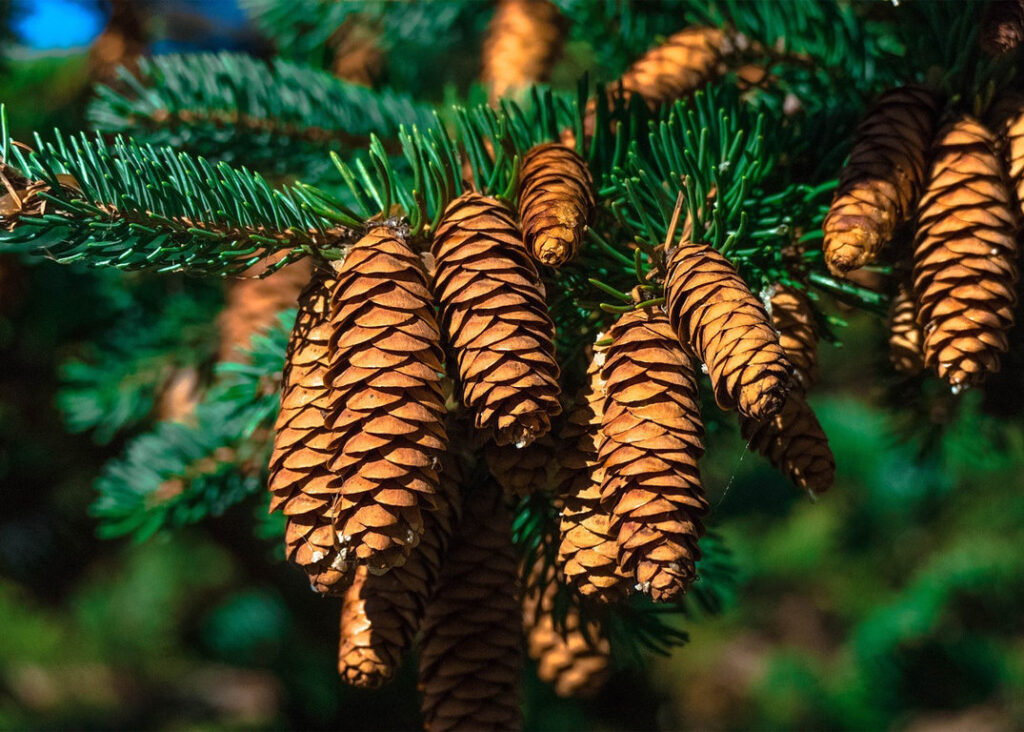
Traverse rocky terrains and glacial moraines, experiencing the raw and untouched beauty of the high-altitude landscapes. The ever-changing scenery keeps the trek visually captivating throughout.
Remote and Less Crowded:
Compared to popular treks like Everest Base Camp and Annapurna Circuit, the Manaslu Trek remains relatively untouched and sees fewer trekkers. This remote nature of the region allows for a more intimate and peaceful trekking experience, providing a sense of serenity and solitude amidst the grandeur of nature.
The highlights of the Manaslu Trek combine natural beauty, cultural encounters, and physical challenges to create an extraordinary adventure. It is an opportunity to witness the magnificence of the Himalayas, immerse yourself in the local culture, and explore diverse landscapes that will leave an indelible mark on your memory.
Weather in October
Manaslu Trek in October – October is an excellent time to embark on the Manaslu Trek, as the weather is generally stable and favorable for trekking. During this month, you can expect clear skies, moderate temperatures during the day (ranging from 10°C to 15°C/50°F to 59°F), and cooler temperatures at night (around 0°C to -5°C/32°F to 23°F). However, it is essential to note that weather conditions can be unpredictable in the mountains, so being prepared for changes is crucial.
October is considered one of the best times to undertake the Manaslu Trek due to favorable weather conditions. While weather patterns can be unpredictable in the mountains, October generally offers stable and pleasant conditions for trekking.
Clear Skies:
During October, trekkers can expect clear skies, allowing for stunning views of the surrounding mountain peaks, including Mount Manaslu itself. The visibility is often excellent, creating a picturesque backdrop for your trekking journey. The unobstructed panoramas of snow-capped mountains against the deep blue sky are simply breathtaking.
Also Read: Manaslu Trek in September: Difficulty, Weather, Travel Tips, and More
Moderate Temperatures:
In October, the temperature during the day is generally moderate and comfortable for trekking. During daytime hikes, temperatures can range from around 10°C to 15°C (50°F to 59°F) in lower elevations. As you ascend to higher altitudes, the temperature gradually decreases, and at night, it can drop to around 0°C to -5°C (32°F to 23°F). It is important to pack appropriate clothing layers to adapt to changing temperatures.
Reduced Rainfall:
October falls within the post-monsoon season in Nepal. By this time, the monsoon rains have significantly diminished, resulting in reduced rainfall along the trekking route. While some occasional showers cannot be ruled out entirely, they are less frequent during October than during peak monsoon months. The drier weather allows for more enjoyable and safer trekking conditions.
Autumn Foliage and Blooming Rhododendrons:
October is a month of transition between the monsoon and winter seasons, bringing a burst of color to the landscapes. The forests along the Manaslu Trek come alive with vibrant autumn foliage, painting the trails with gold, orange, and red hues.

Additionally, the rhododendron forests, especially at lower elevations, showcase their beautiful blooms, creating a spectacular sight as you trek through the trail.
High Pass Conditions:
Although the weather in October is relatively stable, it is important to note that high mountain passes, such as the Larkya La Pass, can experience harsher conditions. At such elevations, there may be a chance of snowfall, especially toward the latter part of October. It is crucial to be prepared with appropriate gear, including sturdy trekking boots, warm clothing, and the necessary equipment to navigate challenging terrain and potential snow-covered sections.

It’s important to remember that weather conditions in the mountains can change rapidly, and it is advisable to stay updated with local forecasts and consult experienced guides or trekking agencies for the most accurate and up-to-date information.
Flora and Fauna
The Manaslu region boasts rich biodiversity, and the trek offers an opportunity to witness a variety of flora and fauna. As you ascend through different vegetation zones, you’ll encounter lush forests of rhododendron, bamboo, and pine trees.
Popular: Manaslu Trek in August: Weather, Difficulty, Travel Tips, and More
The area is also home to diverse wildlife, including Himalayan tahr, snow leopards, langurs, musk deer, and a plethora of bird species. October showcases colorful blooms of rhododendrons, adding an enchanting touch to the trekking experience.
Flora:
The Manaslu region boasts rich biodiversity, with varying vegetation zones as you ascend through different altitudes. The trek takes you through lush forests of rhododendron, oak, maple, and pine trees, creating a vibrant and enchanting landscape. In October, the rhododendrons, Nepal’s national flower, are in full bloom, splashing the forests with shades of pink, red, and white. This adds an extra touch of beauty to your trekking experience.
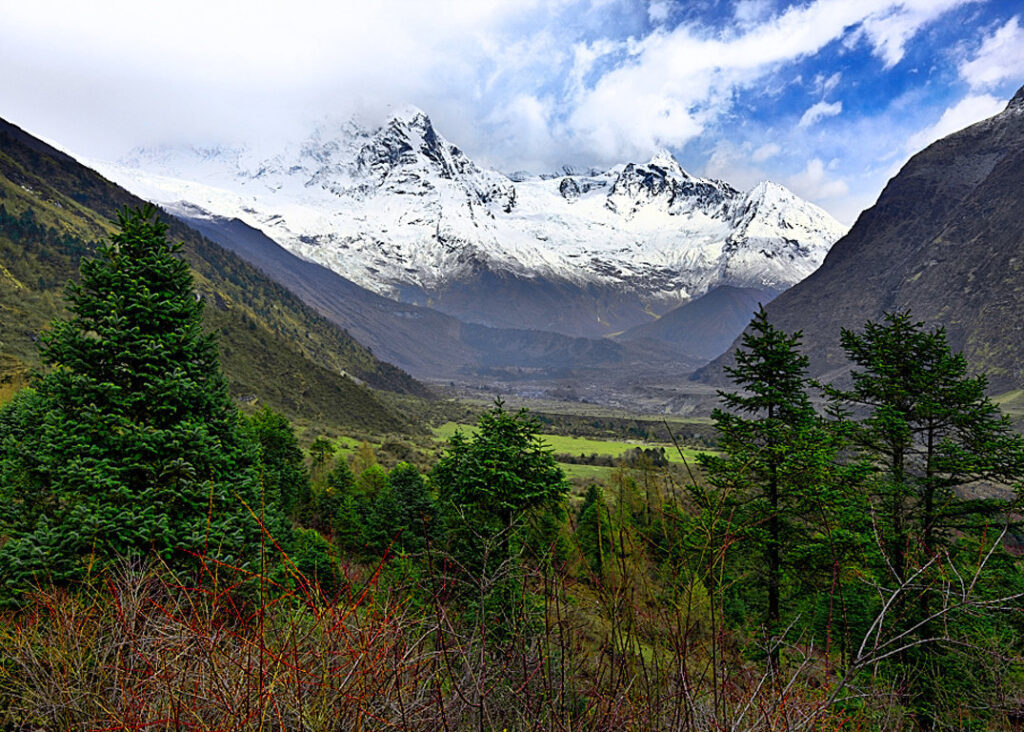
As you trek to higher elevations, the vegetation becomes sparser due to the harsher climate. You’ll come across alpine meadows, dwarf junipers, and scattered shrubs. The transition from dense forests to alpine landscapes provides a striking contrast and showcases the region’s diverse flora.
Fauna:
The Manaslu region is home to a variety of wildlife, thanks to its conservation efforts and relatively undisturbed ecosystems. While sightings are not guaranteed, there are chances of encountering some fascinating creatures along the trek.
Himalayan Tahr:
Keep an eye out for the Himalayan Tahr, a wild mountain goat with a shaggy coat and impressive curved horns. These agile creatures are often spotted on steep rocky slopes.

Snow Leopard:
Although elusive and rarely seen, the Manaslu region is part of the snow leopard’s habitat. These magnificent big cats are known for their stunning camouflage and are a symbol of the region’s biodiversity.
Musk Deer:
Another enchanting resident of the area is the musk deer. Known for its distinctive scent glands, these shy and elusive creatures can be spotted in the forests.
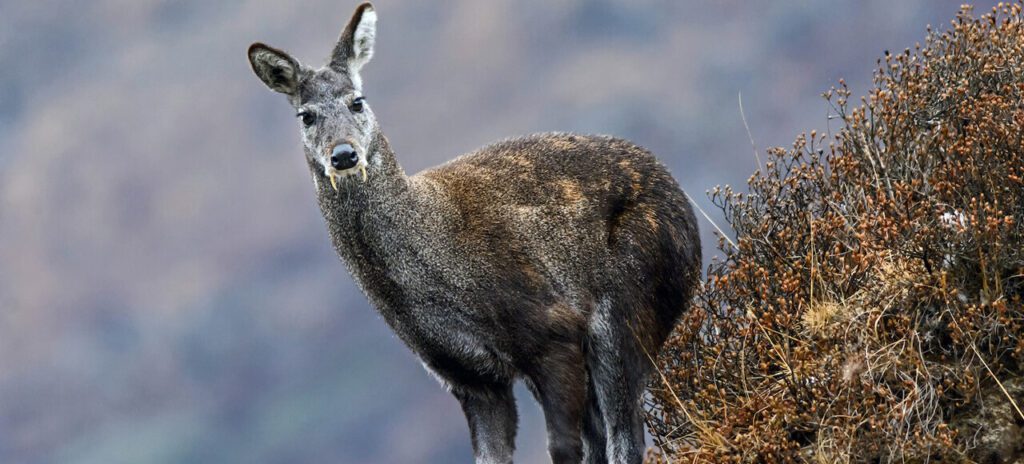
Langurs and Monkeys:
Various species of langurs and monkeys, such as the gray langur and rhesus macaque, inhabit the lower elevations of the Manaslu region. You might catch glimpses of them swinging through the treetops or foraging for food.
Birdlife:
The Manaslu Trek is a haven for bird enthusiasts. The region is home to a wide variety of bird species, including the colorful Himalayan monal, the national bird of Nepal. Other birds you may encounter include the Eurasian griffon, snow pigeon, yellow-billed chough, and various species of eagles, vultures, and falcons.
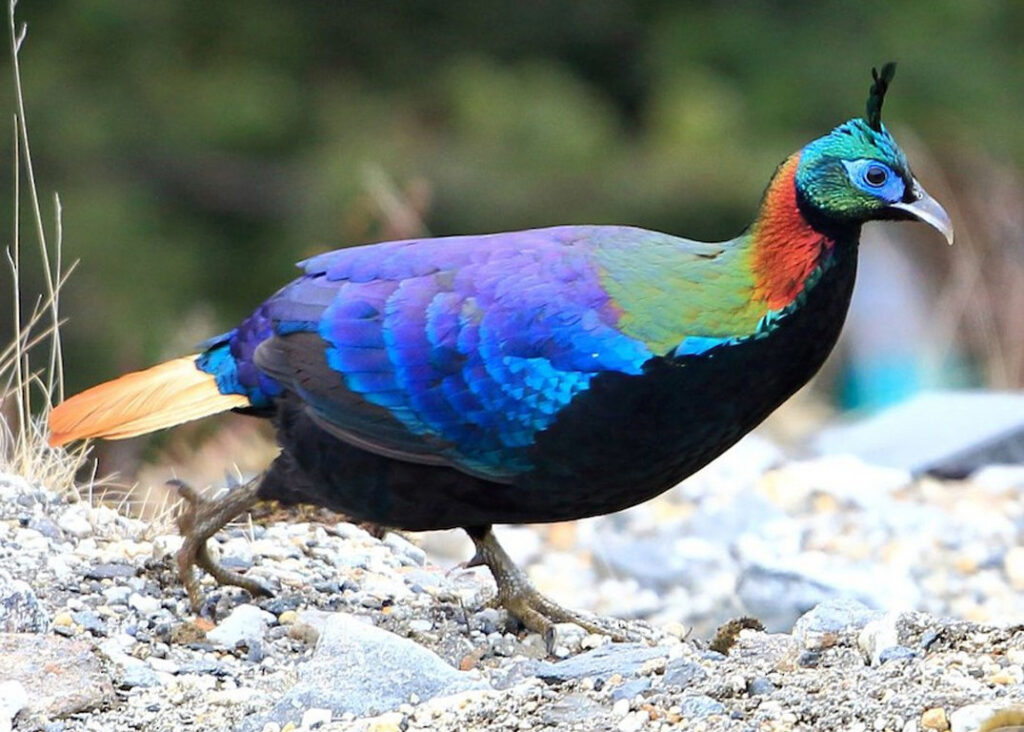
Exploring the flora and fauna along the Manaslu Trek adds an extra dimension to your journey. From the vibrant blooms of rhododendrons to the possibility of spotting elusive wildlife, you’ll have the opportunity to appreciate the natural wonders and biodiversity that thrive in this remarkable Himalayan region.
Surroundings
The Manaslu Trek presents an ever-changing landscape that captivates trekkers. From terraced farmlands and deep valleys to glacial moraines and towering snow-capped peaks, the surroundings offer awe-inspiring beauty at every turn.
Related: Manaslu Trek in July: Weather, Difficulty, Travel Tips, and More
The trail takes you through charming villages like Sama Gaon and Samdo, providing a glimpse into the traditional mountain life and offering striking views of Manaslu’s majestic presence.
Essential Gear
To ensure a safe and comfortable trek, it’s important to pack the right gear. Some essential items to consider include sturdy trekking boots, layered clothing for varying temperatures, a waterproof and windproof jacket, a warm sleeping bag, a backpack, a hat, sunglasses, sunscreen, trekking poles, and a first aid kit. Additionally, carry a good quality water filtration system or purification tablets to have a reliable source of drinking water along the trail.
Trekking Boots:
Invest in sturdy trekking boots with ankle support and good traction. They should be comfortable, well-fitting, and broken in before your trek to prevent blisters and provide stability on uneven terrain.
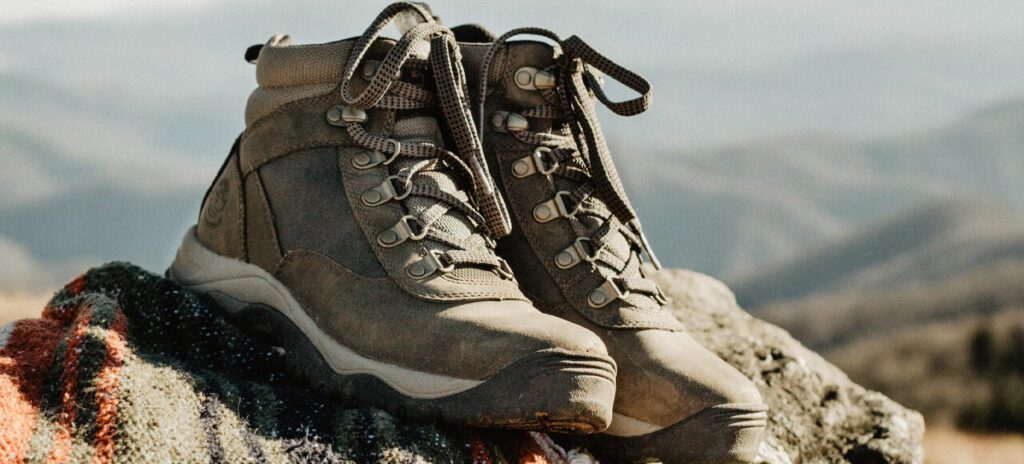
Layered Clothing:
Dressing in layers is crucial to adapt to changing temperatures and weather conditions. Carry moisture-wicking base layers, lightweight and breathable trekking shirts, a warm mid-layer fleece or down jacket, and a waterproof and windproof outer shell. Additionally, pack thermal underwear, a hat, and gloves to stay warm at higher elevations.
Sleeping Bag:
A good quality sleeping bag is essential to ensure a comfortable night’s sleep during the trek. Choose a sleeping bag with an appropriate temperature rating suitable for cold nights in the mountains. Down or synthetic fill bags are commonly used, and consider the compactness and weight for ease of packing.
Backpack:
A comfortable and well-fitting backpack with around 40-50 liters is recommended to carry your essentials. Look for a pack with padded shoulder straps, a hip belt, and adjustable suspension systems for proper weight distribution and support.
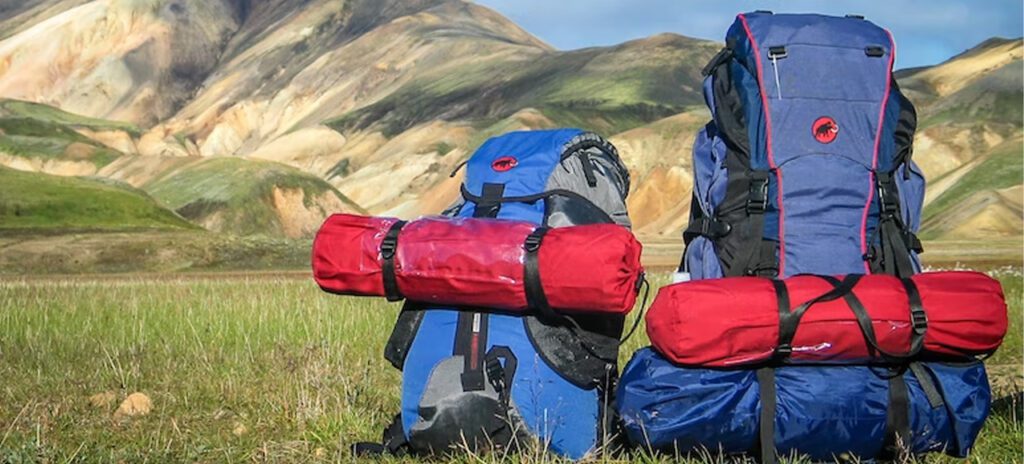
Trekking Poles:
Trekking poles provide stability and reduce strain on your knees during steep ascents and descents. Opt for lightweight, adjustable poles with ergonomic handles and sturdy locking mechanisms.
Headlamp:
A reliable headlamp is essential for navigating in low-light conditions, especially during early morning starts or when trekking after dark. Make sure to carry spare batteries as well.
Sunglasses and Sunscreen:
Protect your eyes from the strong mountain sun with polarized sunglasses that provide UV protection. Apply a high SPF sunscreen on exposed skin to prevent sunburn, even on cloudy days when UV rays can still be strong.
More: Manaslu Trek in June: Weather, Difficulty, Travel Tips, and More
Water Filtration System:
Carry a reliable water filtration system or water purification tablets to ensure a safe and continuous supply of drinking water. You can refill your water bottles from local water sources along the trail and use the filtration system to purify the water.
First Aid Kit:
Pack a well-stocked first aid kit that includes basic medications for common ailments, bandages, antiseptic creams, blister plasters, and any personal medications you may require. It’s also helpful to carry a basic altitude sickness medication, under the guidance of a healthcare professional.
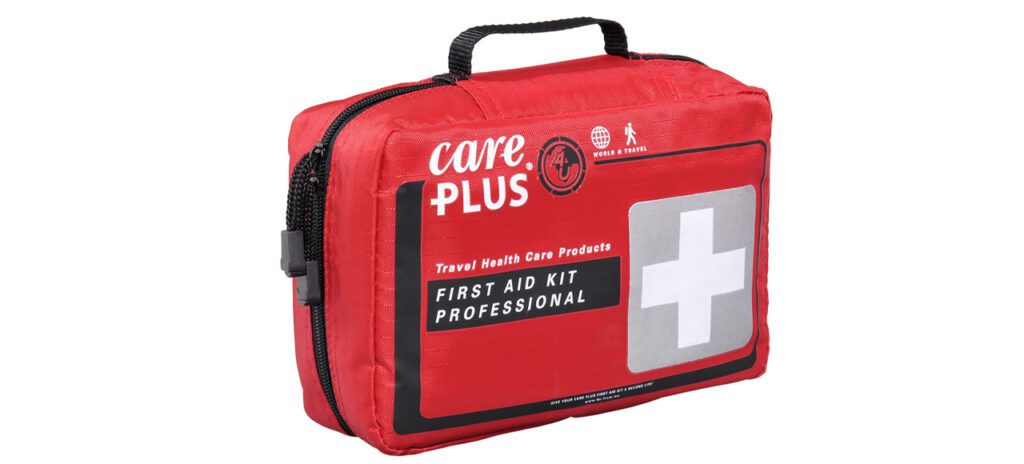
Other Essentials:
Don’t forget essentials such as a brimmed hat for sun protection, quick-drying trekking pants, moisture-wicking socks, lightweight gloves, a buff or scarf, a water bottle or hydration bladder, and a lightweight and compact towel.
Remember to pack your gear efficiently, carry only the essentials, and distribute the weight evenly in your backpack. It’s also advisable to consult with your trekking agency or guide for any specific gear recommendations. This advice will be based on the current conditions and requirements of the Manaslu Trek.
Having the right gear ensures your comfort, safety, and enjoyment throughout the Manaslu Trek, allowing you to focus on the stunning landscapes and incredible experiences that await you.
Crowd and Festivals
Compared to the popular Everest and Annapurna regions, the Manaslu Trek sees fewer crowds, allowing for a more tranquil and immersive experience. October falls during the post-monsoon season, and while the trek may have more trekkers than in other months, it still retains a sense of solitude. Moreover, this month coincides with the Manaslu Trek is also an opportunity to witness vibrant local festivals.

During Manaslu Trek in October, you might have a chance to witness the colorful celebration of Dashain, Nepal’s biggest Hindu festival.

This auspicious occasion brings communities together, and you can participate in traditional rituals, enjoy lively music and dance performances, and savor delicious local cuisine.
How to Get from Manaslu to Kathmandu:
Upon completing the Manaslu Trek, you have several options to return to Kathmandu, the capital city of Nepal. The most common route is to retrace your steps back to the starting point of the trek and then arrange transportation to Kathmandu.

Alternatively, you can opt for a jeep ride from Dharapani to Besisahar. From here you can catch a public bus or hire a private vehicle to Kathmandu. It’s recommended to consult with your trekking agency or guide for the most convenient and reliable transportation options.
Side Treks:
Manaslu trek in October- For those seeking further exploration and adventure. There are a few exciting side treks you can consider while on the Manaslu route. One popular option is the Tsum Valley Trek, which takes you through the hidden valley of Tsum and offers a unique cultural experience amidst ancient monasteries and remote villages. Another side trek is the Manaslu Base Camp Trek.
Interesting: Manaslu Trek in January: Weather, Difficulty, Travel Tips, and More
This allows you to ascend closer to the towering peak and witness its grandeur differently. These side treks require additional time and permits, so plan accordingly.
Difficulty:
The Manaslu Trek in October is considered a challenging trek, suitable for experienced trekkers or those with a good level of physical fitness. The trail involves steep ascents and descents, as well as crossing high mountain passes like the Larkya La Pass (5,160 meters/16,929 feet).
Altitude sickness can be a concern, so it’s essential to acclimatize properly and listen to your body. Hiring an experienced guide and porters is highly recommended for safety and assistance throughout the trek.
Let our expert team at Asian Heritage Treks and Travel take care of everything — from guided tours to personalized packing tips and travel arrangements.
Plan My Manaslu Trip






